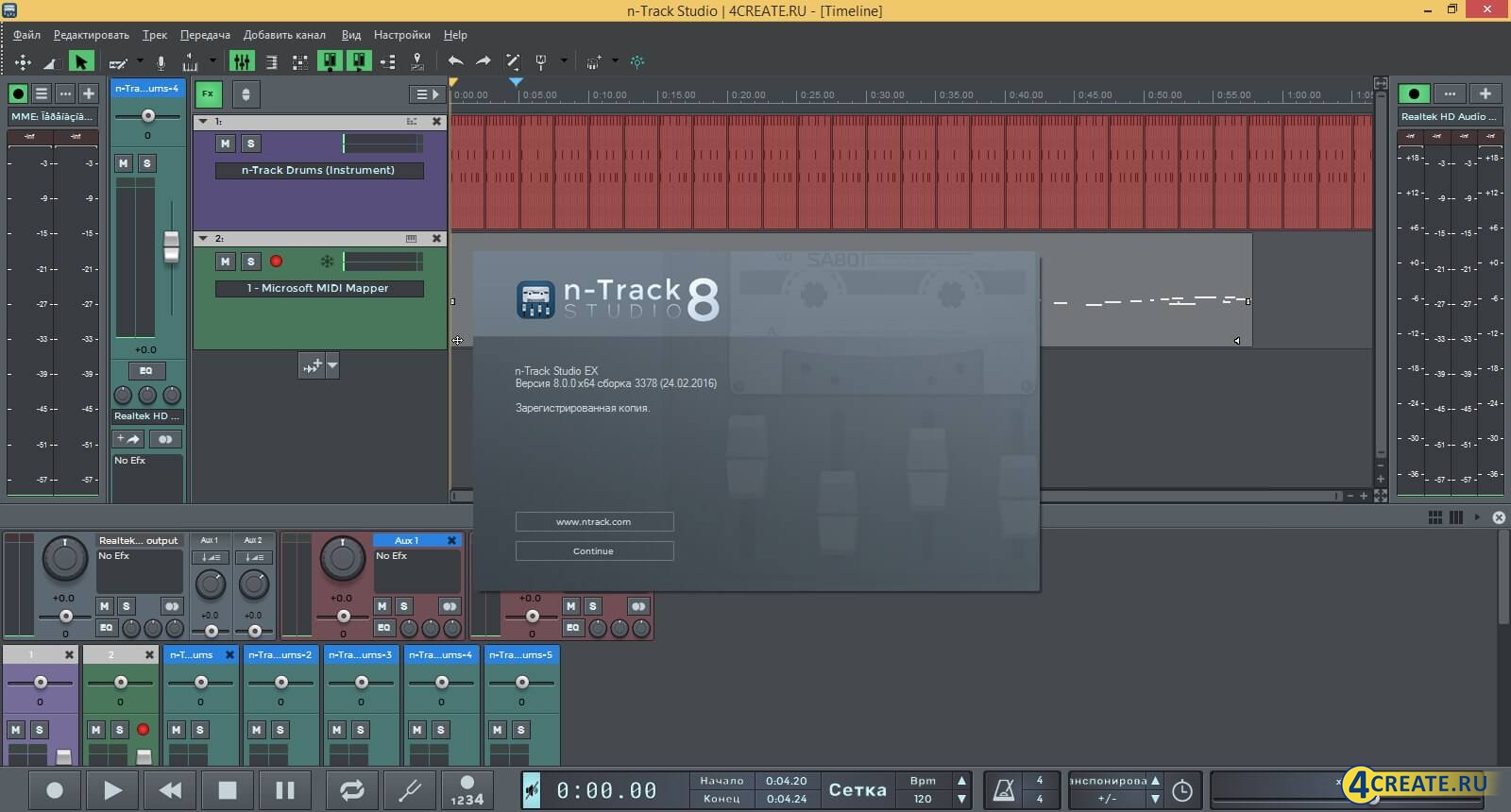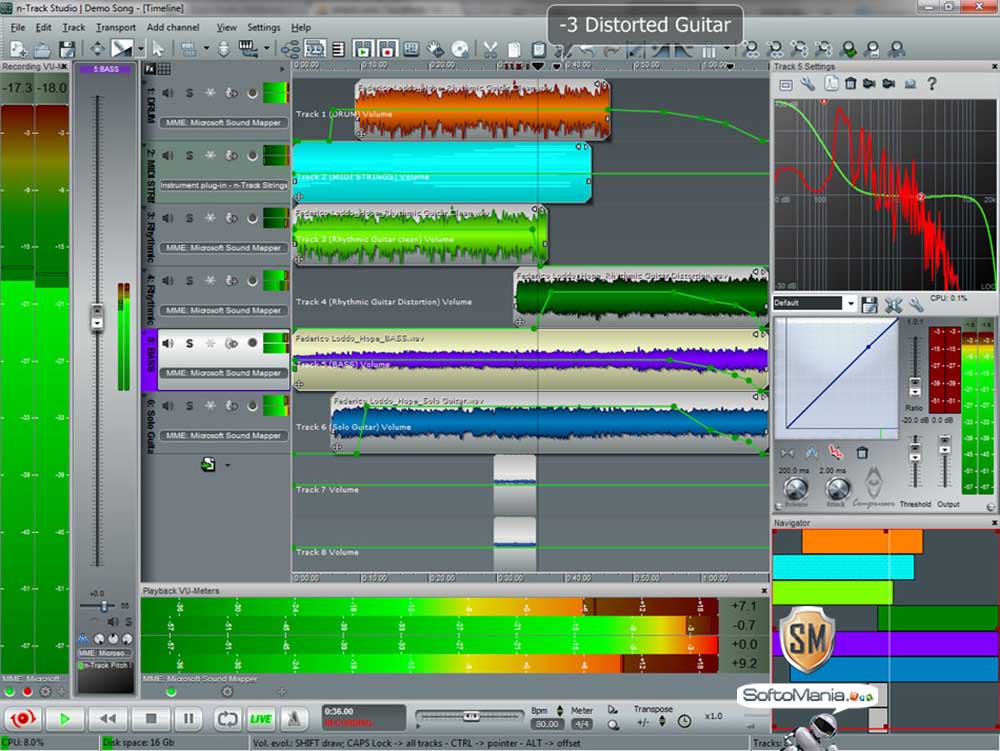

There is a fourth category of scoliosis, known as adult idiopathic scoliosis, which is a continuation of the disease from childhood.

The individuals with hormonal problems, asymmetric growth, and who have a family member with scoliosis might suffer from IS.ĭepending on the age at which it is first detected, IS can be classified as infantile (age 0–3), juvenile (age 4–9), or adolescent (age 10 up to maturity). There is no identifiable and clear agent causing the deformity in IS. A common form of scoliosis, which occurs without an obvious cause, is idiopathic scoliosis (IS). The most prevalent types are idiopathic, congenital, and neuromuscular scoliosis and scoliosis in adults. Several different types of scoliosis exist, and the causes of scoliosis can differ. Spinal deformities include changes in the shape and position of the spine, thorax, and trunk in the coronal and sagittal planes as well as axial rotation of the vertebrae. Scoliosis is defined as a three-dimensional deviation of the normal vertical line of the spine. Scoliosis comes from the Greek Word “skoliosis”, meaning crookedness. Six scoliosis apps and one web-based application are evaluated, and a guideline for their selection is provided. Conclusions: The use of ICT solutions for spinal curvature assessment and monitoring brings several advantages to both patients and orthopedics specialists. Results: The results for assessment of scoliosis apps are shown in a tabular format for ease of understanding and intuitive comparison, which can help the doctors, specialists, and families in their choice of scoliosis apps. Then, six apps and one web-based application are described and evaluated using this methodology. Materials and Methods: We first propose a methodology for the evaluation of scoliosis apps in which five macro-categories are considered: (i) technological aspects (e.g., available sensors, how angles are measured) (ii) the type of measurements (e.g., Cobb angle, angle of trunk rotation, axial vertebral rotation) (iii) availability (e.g., app store and eventual fee to pay) (iv) the functions offered to the user (e.g., posture monitoring, exercise prescription) (v) overall evaluation (e.g., pros and cons, usability). Benefits for the doctors may be: monitoring the scoliosis progression over time, managing several patients in a remote way, mining the data of several patients for evaluating different therapeutic or exercise prescriptions. Benefits for the patients may be: reducing the number of visits to the doctor, self-monitoring of scoliosis. Several apps are assessed and compared with the aim of providing a valid starting point for doctors and patients in their choice of software-based tools.

Objectives: This paper aims to provide an overview of the main features of the most popular scoliosis ICT tools, i.e., apps and web-based applications for scoliosis diagnosis, screening, and monitoring. As an example, smartphone applications (apps) and web-based applications may help the doctors in screening and monitoring scoliosis, thereby reducing the number of in-person visits. In recent years, as has happened in various medicine disciplines, it is possible also in orthopedics to observe the spread of Information and Communications Technology (ICT) solutions (i.e., software-based approaches). Commonly, scoliosis evaluation is conducted in person by medical professionals using traditional methods (i.e., involving a scoliometer and/or X-ray radiographs). Generally, scoliosis is diagnosed by measuring the Cobb angle, which represents the gold standard for scoliosis grade quantification. Background: Scoliosis is curvature of the spine, often found in adolescents, which can impact on quality of life.


 0 kommentar(er)
0 kommentar(er)
